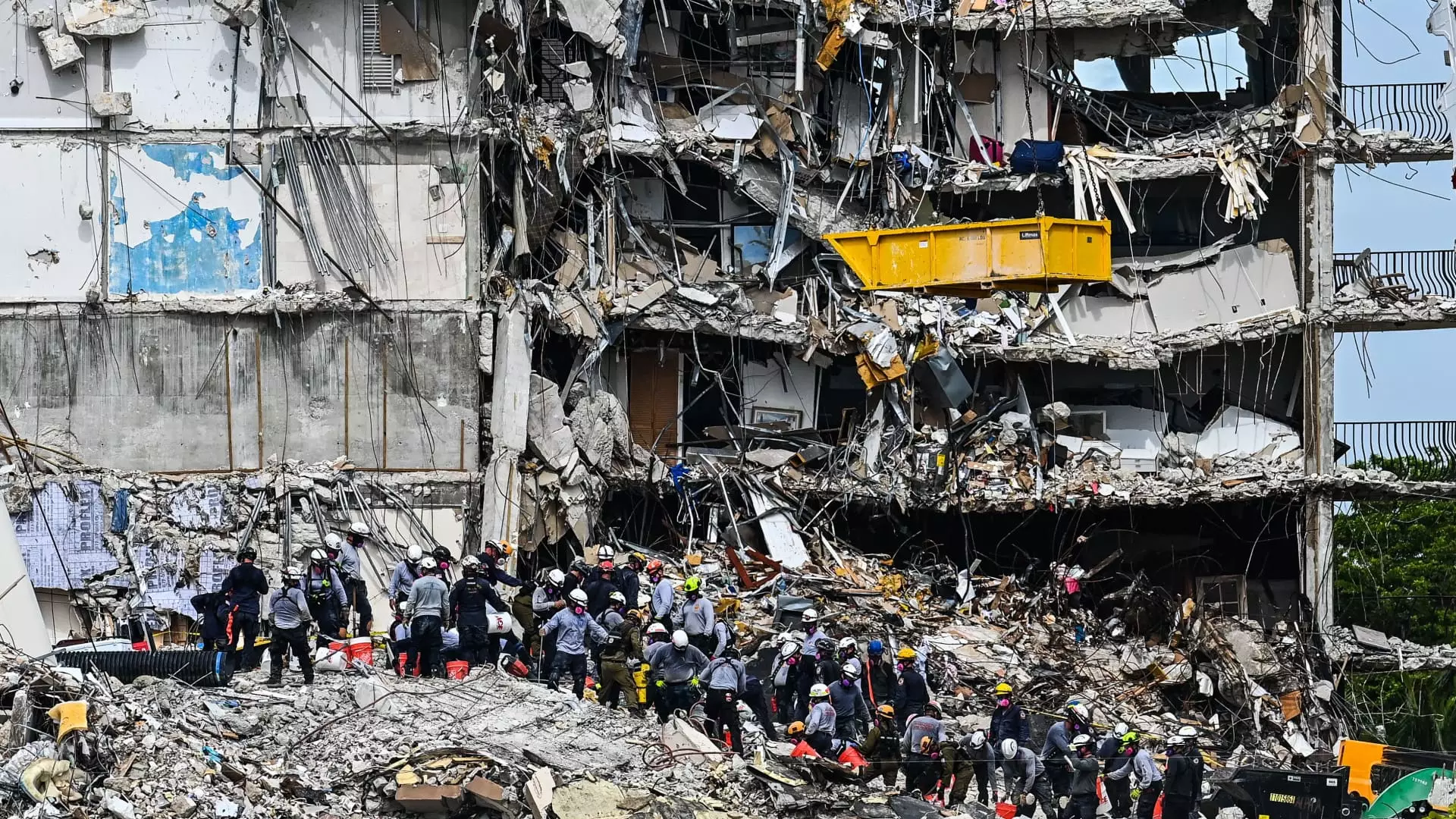The tragedy of the 2021 condominium collapse in Surfside, Miami, unveiled vulnerabilities within the state’s aging residential infrastructure, prompting state lawmakers to impose stringent measures aimed at enhancing safety in older buildings. Effective these past months, these measures have required condominiums over 30 years old to undergo specialized inspections, undertake necessary repairs, and accumulate reserve funds for ongoing maintenance needs. These regulations, while born from a profound need for safety oversight, have inadvertently thrust many owners, particularly retirees on fixed incomes, into a maelstrom of financial distress.
With the new laws demanding compliance at an accelerated pace, many condominium associations are grappling with immense financial burdens. The deadlines for special inspections coincide with the mounting bills for repairs, which have soared into the millions for some associations. Given that around 1 million condo units are now subject to these directives, the ramifications for residents can be catastrophic. Many owners resort to desperate measures—some attempt to sell their units to escape impending costs, while others opt to walk away entirely. Unfortunately, this can lead to a situation where only a small group is left shouldering the financial responsibilities, often exacerbated by the challenge of finding buyers in a contracting market.
Peter Zalewski, a noted analyst in the Miami real estate sector, has termed this phenomenon the “condo cliff.” This term encapsulates the precarious state of many older condominium buildings, which he likens to “zombie buildings”—properties burdened with financial woes that some owners cannot or choose not to confront. Zalewski’s observations reveal a disturbing trend: approximately 75% of the condo units currently on the market in South Florida are over three decades old, placing these properties squarely in the path of the new regulations.
The fallout from these changes has been evident in the real estate market, with a notable decline in sales during the summer months. Reports indicate that condo transactions fell by 21.5% compared to the previous year, raising alarms among sellers and real estate professionals alike. Average listing prices dipped around 2%, reflecting a market grappling not only with regulatory pressures but also with dampened demand. Alongside this decline, active listings surged by 60% year-over-year, a clear indicator of market saturation and unease among sellers.
Moreover, the financial projections for repairs have led to staggering special assessments, sometimes exceeding $200,000 per unit. These amounts pose severe challenges for individuals who may already be eco-friendly. Many boards of condominium associations are reluctant to present the true costs of compliance, resulting in an uncomfortable silence preceding what Zalewski describes as the “calm before the storm.” This trepidation may soon give way to a wave of bills that will convey the full extent of the financial obligations facing the residents.
In light of the widespread concern, Florida Governor Ron DeSantis called for a special legislative session to address the financial crisis facing condominium associations. However, leaders opted to defer any amendments until the regular session scheduled for early 2025. They justified this delay by a need for comprehensive data regarding the financial implications of the new law—an inertia that leaves many owners in limbo during a time of significant uncertainty.
As sellers face a challenging landscape, real estate expert Stefania Ancona warns that the pool of potential buyers has contracted sharply. This tight market forces sellers into a corner: they must either manage to pay the assessments upfront, risking deeper financial issues, or lower their selling prices significantly. For some, the solution may lie in appealing to real estate investors who view these properties as potential development opportunities, like the Bay Garden Manor condo, which is poised for sale to a developer aiming to create luxury waterfront properties.
While declining prices and reduced demand paint a grim picture for condominium owners in South Florida, it remains to be seen whether legislative action will offer any reprieve. The threat of foreclosure or short sales looms large, overshadowed by the surge of investor interest that often edges out traditional buyers. As Zalewski astutely observes, this period may just be the harbinger of greater upheaval; uninformed buyers could make hasty investments only to face the adversities of hidden costs soon after.
The transformative regulations following the Surfside tragedy have triggered a complex crisis in Florida’s condominium market. With the looming deadlines and unanticipated costs creating a pressure cooker effect, owners must navigate an increasingly precarious financial landscape while facing tough decisions about their homes—or what remains of them. The intersection of regulatory necessities and market realities will certainly define the future of these aging structures, and whether they can adapt in time may ultimately determine their fate amid this growing concern.

